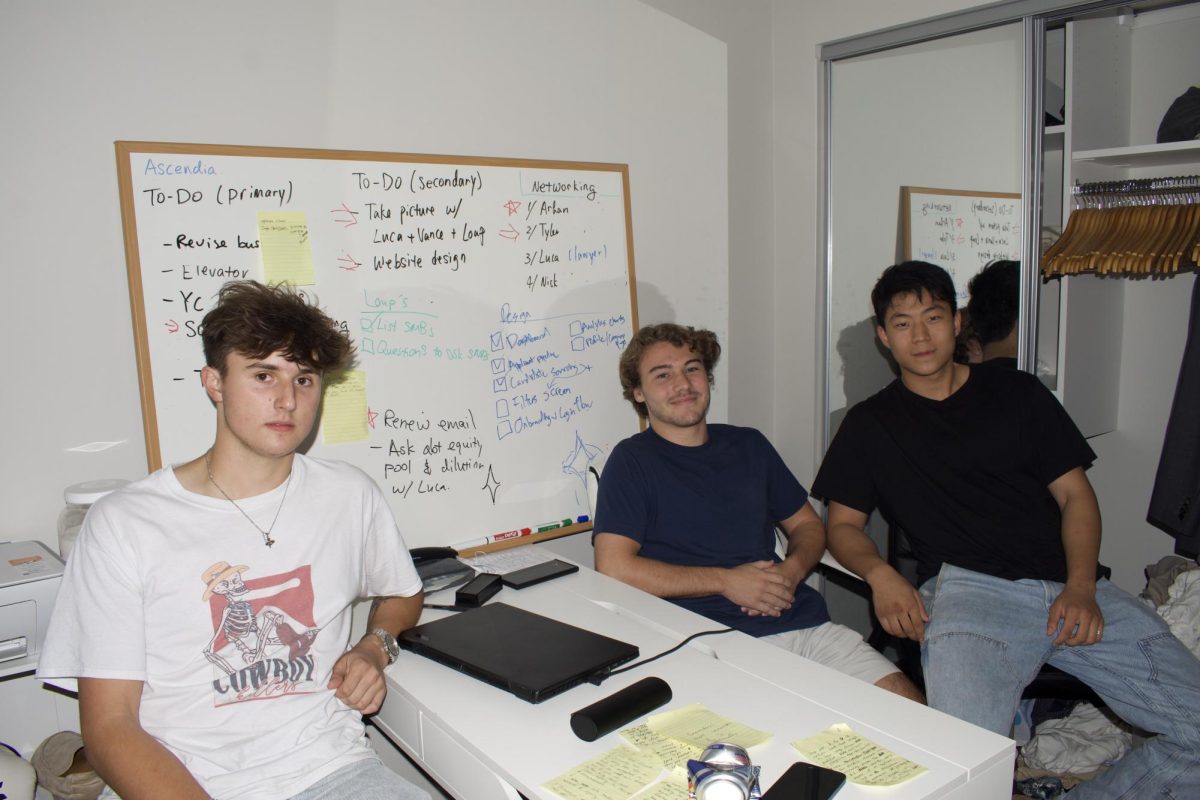
Digesting visual art, from cubist Picasso to dancey Degas, takes work. Developing artistic taste can beg even more. As fewer and fewer people find themselves making the effort, the museum industry is looking for a way to draw them back in.
As tends to be the case, there’s hope in technology. Spotzer, a new mobile app platform that lets patrons of client museums read and listen to audio information, receive recommendations and complete the social media trifecta of “comment, like and share” for specific pieces, is finishing its first round of funding. Founder and CEO Brendan Ciecko said the company will be closing its door to investors “any day now.”
“We’re not just providing technology. We’re providing and modeling an experience for the visitor,” Ciecko said. “Our vision really expanded from building technology to how can we impact the space, solve problems for the museum, help the museum be more successful and help the patrons have a much more fulfilling, insightful, social, engaging experience.”
Spotzer stems from one of Ciecko’s already developed companies, Ten Minute Media, a branding and creative marketing company geared toward the entertainment industry. When an art museum on New York’s famous “Museum Mile” requested tech support from the company in 2013, the idea took root: mobile help for curatorial gain.
“We thought this was an interesting dilemma and an interesting opportunity, especially around the way people interact and engage with the actual art,” Ciecko said.
Shake-ups like what Ciecko promises couldn’t come at a more dire time for the art museum industry. Visual arts attendance has been in sharp decline for over ten years, among every demographic but the oldest Americans, according to a January 2015 report by the National Endowment for the Arts. That free fall has forced many respected institutions, like Boston’s own Museum of Fine Arts, to compromise their values in order to see a profit.
“Museums are more and more trying to balance what you might call their cultural mission on one hand with their commercial impulse on the other,” said Bruce Redford, the chair of the history of art and architecture department at Boston University’s College of Arts and Sciences. “The MFA has done extremely successfully commercially, but it’s done so at a great cost. The balance in my view, and in the view of many of my colleagues, at the MFA has tilted towards commerce and away from the cultural and educational mission.”
With mobile supplementation, Ciecko said, comes increased levels of attendance and museum membership. In Spotzer’s case, museums would purchase software and technology to support the company’s mobile app, which Ciecko advocates to be cost-free for museum patrons.
“It’s really important to share all this great knowledge and to not limit your adoption by charging for it,” Ciecko said. “They’re going to be more fulfilled by the experience.”
Part of that initial investment involves installing Bluetooth “beacons,” small sensors that radiate content unique to their location. Beacons are deployed throughout museums, although Spotzer is not the first to use the technology. The technology has mostly been used in retail settings to provide customer information and gauge what excites people, said Ian Mashiter, director of entrepreneurship activities in the School of Management.
“In order to get funding and develop your customer base, you have to show customer traction,” Mashiter said. “You have to show that the dogs are gonna eat the dog food.”
Existing information services within client museums could also play a role in the app’s success, especially in largely developed museums such as the MFA, which Ciecko deemed “a dream customer of ours.”
“In order to be truly useful, it would need to be in sync with the resources that the given museum already has to offer,” Redford said. “It would have to be quite sophisticated in order to genuinely compliment or supplement what a museum like the MFA already has.”
That is, technological guides, including Spotzer, also have as much potential to hinder visitor exploration as they do to enhance visitor expertise.
“My fear is that you would miss the chance encounters with galleries and masterpieces, just what happens when you walk through galleries from point A to point B,” Redford said. “Apps, Acoustiguides and the wrong sort of label can direct and, quite often, diminish the viewer’s experience with a masterpiece by telling you what this is, by directing you how to look and how to interpret.”
Regardless, Ciecko said Spotzer’s motive is rooted in cultural engagement. As the app evolves from private data latency to an implemented tool, settings for the program may surpass museum walls.
“Our big-picture vision is to become the passport to the world of art and culture so that includes museums, galleries, street art, monuments,” Ciecko said. “Anywhere that culture exists is what we’re focusing on.”

























































































































